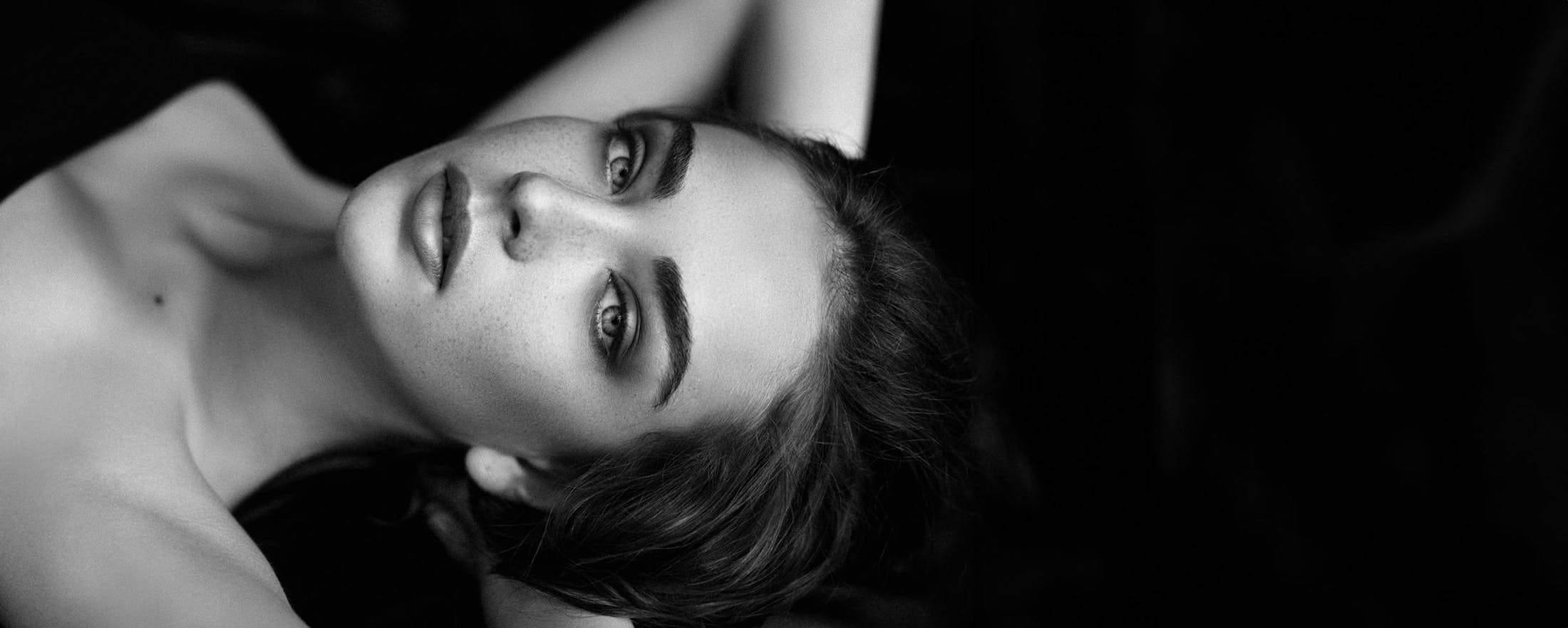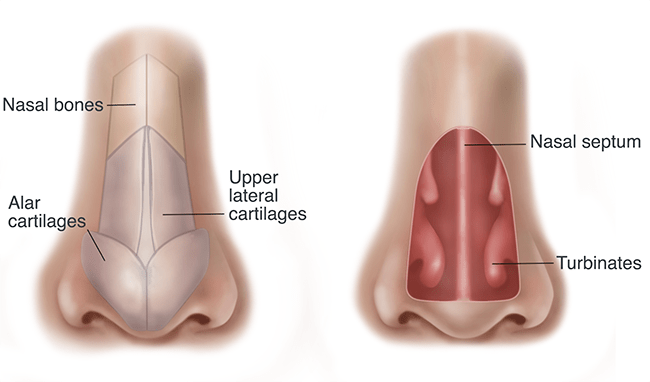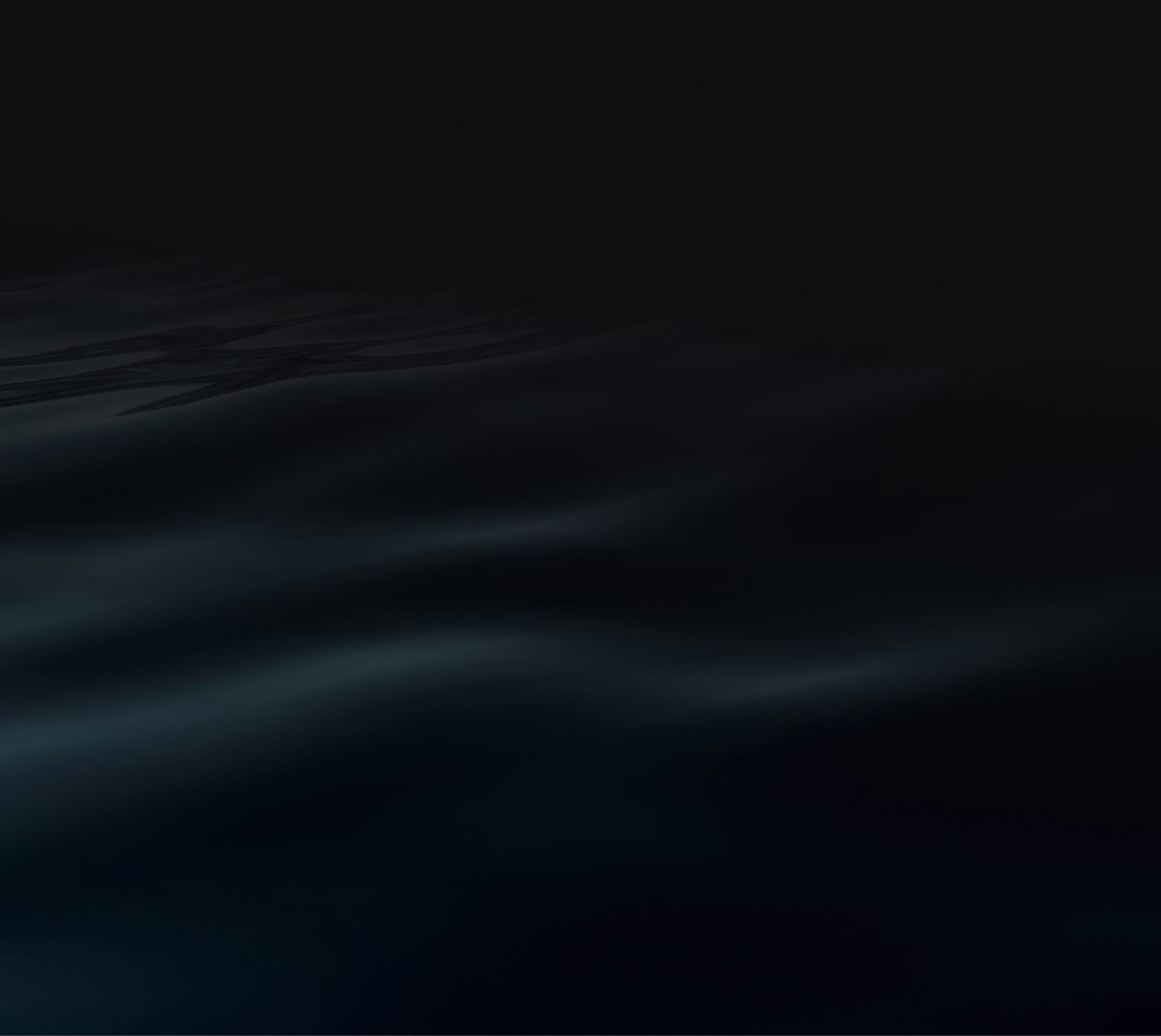Deciding to have rhinoplasty is a significant decision. Understandably, every patient aspires to achive outstanding results. However, if you've experienced less than satisfactory outcomes elsewhere, turn to San Diego's revision rhinoplasty experts to correct and improve your results.
Common Revision Rhinoplasty Procedures
Revision rhinoplasty involves various procedures tailored to individual needs. Your surgeon will help guide you to the most effective, least invasive options possible. Some common techniques include:
- Osteotomy: Using this technique, your surgeon engages in controlled fractures of nasal bones so they can construct a narrower nose.
- Septoplasty: If your initial rhinoplasty caused breathing issues or didn’t fully correct breathing issues, your doctor may perform septoplasty to correct the septal deviation and allow improved breathing.
- Inferior Turbinate Resection: Inside the wall of the nose, there are three long, thin bones called “nasal turbinates.” This technique allows the doctor to reduce the size of the nasal turbinates.
- Alar Wedge Excisions: Your surgeon can use this technique to correct flared nostrils while shortening the tip of the nose.



